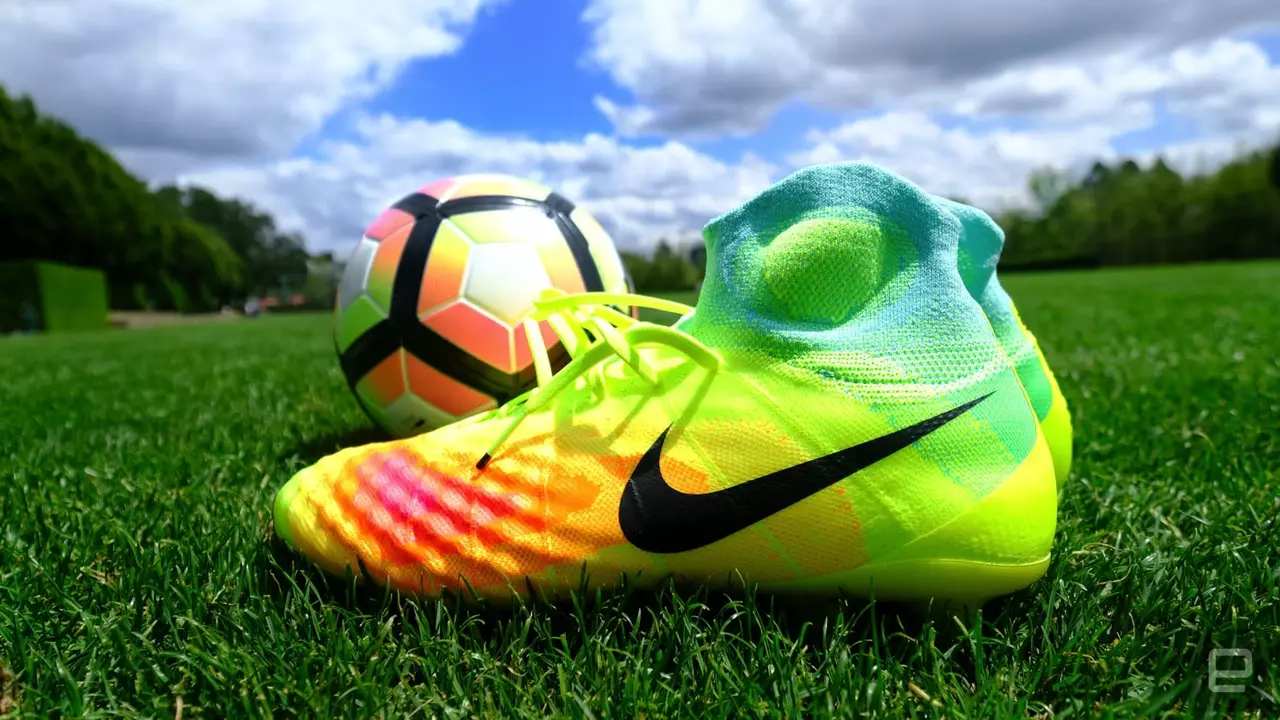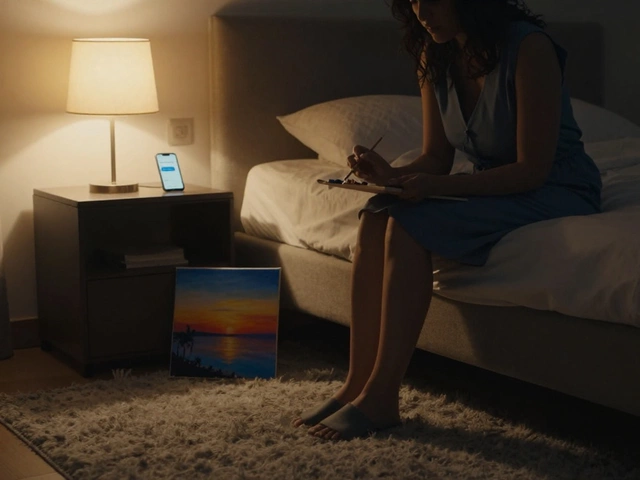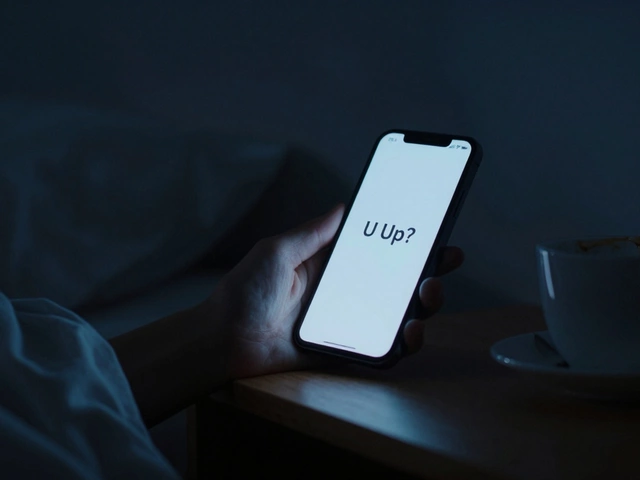Soccer Equipment Essentials for Fans and Players
When you’re ready to hit the field, the gear you pick can make a big difference. You don’t need the most expensive stuff, but you do want items that fit your game style and keep you safe. Below are the basics every soccer lover should own, plus a few tips on how to choose the right pieces.
Choosing the Right Ball
The ball is the heart of the sport, so start here. Size 5 is the standard for adults and older teens; size 4 works for kids 8‑12, and size 3 is best for younger children. Look for a ball with a durable outer layer—synthetic leather is light and water‑resistant, while real leather feels softer but can get heavy when wet.
Check the panel design. Classic 32‑panel balls give a traditional feel, but newer 14‑panel or thermally‑bonded balls roll smoother and last longer. If you play on grass, a ball with a textured surface helps with grip. On indoor courts, a smoother ball reduces bounce and prevents wear.
Budget matters too. You can find good quality training balls for under $20, while match‑grade balls cost $30 – $60. Pick a ball that matches how often you play: a cheap one for practice, a pricier one for games.
Footwear and Protective Gear
Cleats are next on the list. The right pair gives you traction and stability. Firm ground (FG) cleats are the go‑to for natural grass. If you often play on artificial turf, look for TF (turf) or AG (artificial grass) shoes—they have shorter studs that won’t tear the surface.
Fit is crucial. Your cleats should feel snug but not cramped; you should be able to wiggle your toes a bit. Break them in gradually by wearing them around the house before a match.
Don’t forget shin guards. Most leagues require them, and they protect against bruises and fractures. Choose a pair that covers the front of your shin, stays in place with straps or elastic sleeves, and feels comfortable during runs. Foam guards are lightweight, while plastic models offer tougher protection.
Other helpful items include a good pair of socks (high‑cut keeps the guards from slipping), a water‑proof training jacket for rainy days, and a simple goal‑keeping glove if you’re guarding the net.
Putting it all together doesn’t have to be overwhelming. Start with a size‑appropriate ball, a reliable pair of cleats for your playing surface, and solid shin guards. As you get more comfortable, you can upgrade to match‑grade balls or specialized footwear. The key is to pick gear that feels right for you and lets you focus on the game, not on adjusting your equipment.

Can I play soccer without cleats?
by Caspian Montgomery / 28 Jul 2023Well, my friends, if you're wondering if you can play soccer without cleats, the short answer is: absolutely, yes! But hold onto your socks, because it's not all rainbows and bicycle kicks. Playing soccer without cleats may be like trying to eat soup with a fork - possible, but not really practical. You'd miss out on all that extra grip and speed cleats give you, kind of like a superhero without his cape. So, while you can definitely give it a whirl, don't expect to be the next Messi without your trusty cleats, unless you're playing on a super soft, sandy beach!

